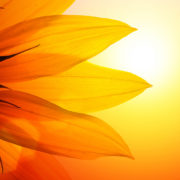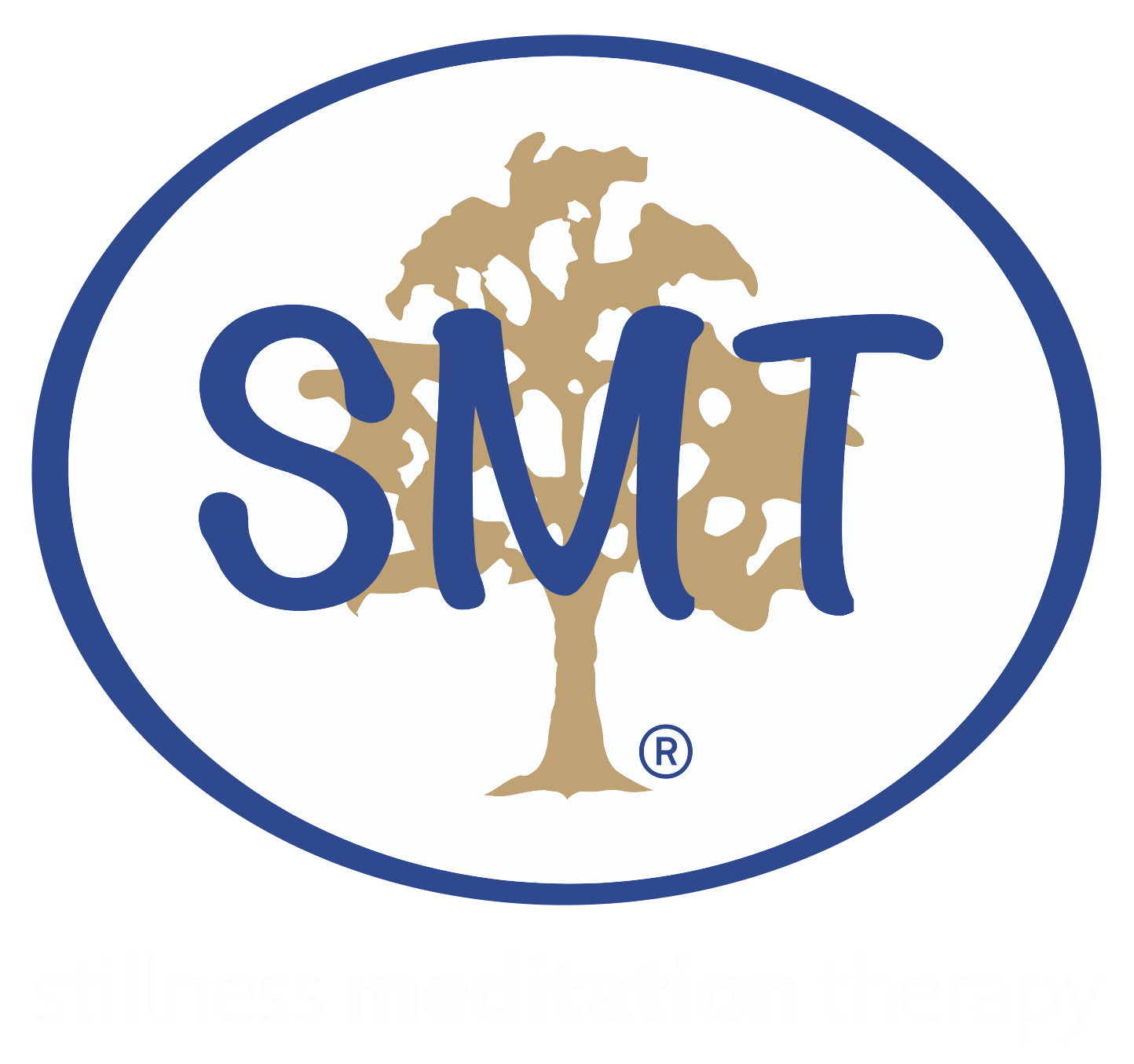Finding hope – and the matter of soul
Spring’s arrival in Melbourne brings us a step nearer to the close of a year when the world metaphorically stopped. Still the virus hovers and for preservation’s sake, the range of restrictions imposed by authorities continues a new way of living in a bid to outwit this enemy.
Understandably, people are confused, frustrated and upset. Anger and fear have become emotional companions to many. There is little to look forward to. Perhaps most overwhelming for many families are concerns surrounding student upheaval and financial issues relating to lost employment or the failure of businesses impacted by the entire COVID problem.
These six months have clearly raised the need for stress management. Significant recognition is being given to mental health issues as emotional turmoil crosses all boundaries of society. People are experiencing thoughts and feelings previously unknown to most and it becomes easy to lose hope. With these influences in mind I have written recently about seeking our inner self and about valuing new beginnings. Attention to such concepts keeps us positive and aims to offer an optimistic focus. But this emotional pain, experienced so widely, indicates that our collective soul is hurting.
The concept of ‘soul’ may raise questions. For centuries, sages, mystics, spiritual guides, poets, philosophers and wisdom seekers throughout the world have discussed the human soul – its power, its protectiveness, its contribution to shaping life.
But in current times with a somewhat egocentric focus on material matters, perhaps we have overlooked important soul matters? Could the absence of attention to soul be contributing to society’s emotional pain? And if so, how can we do more to assist ourselves and others to discover the hope we crave by looking into the depth of our soul?
Here we meet another challenge: how do we recognize or even define ‘soul’? First, I think we must honour imagination, the part of our self that stirs within life’s surprising moments. Our soul is also found in deep emotional experiences, intimate conversations or flashes of insight. Soul is present within nature, when wonder triggers emotion or when the heart is touched by awareness or gratefulness. And soul is there within the power of art, music, literature … or when tears spring unexpectedly into being. Soul is of those moments when the power of love rises to expand our consciousness beyond the present. And as our soul can teach us much about the beauty of life, it can also teach us how to ease the pain.
From within our pain, our soul can offer us hope! If we take time to be still, to calmly receive the messages within everything we feel, we may be surprised at the depth of truth, understanding, freedom and healing that may gently be revealed.
Soul discovery cannot be rushed. Soul is the most secret part of our-self, waiting for our attention. This is mystery that has intrigued me for decades and so I copy below my poetry as expressed in the opening pages of my book ‘In Stillness Conquer Fear’. If nothing else, perhaps those thoughts may prompt a reminder of the precious value of hope.
The Soul sits waiting she is poised,
waiting.
Ever patient, she waits for man or woman to know
her truth;
the truth that frees him or her from all pain
wrought by fear.
The Soul never fears.
Strength is her trademark, peace is her
presence,
wisdom the arrow that flies from her bow.
The Soul is love.
Deep as the core of a precious fruit she
nestles within us.
Yet wide as thunder and wind
her wings of change embrace the world.
All powerful, all mild,
she is our own –
our whole and special self.
© Pauline McKinnon, September 2020
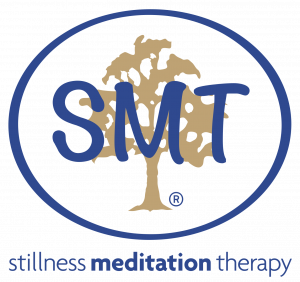
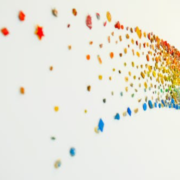

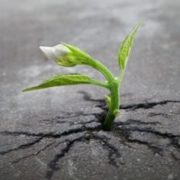


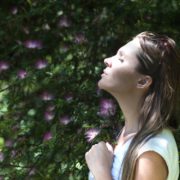
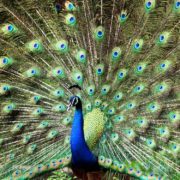
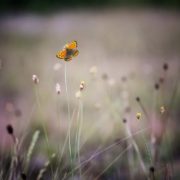
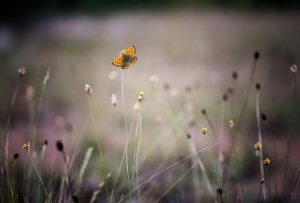 Living as we do in these times of high anxiety and with not much evidence of real improvement to that situation, it seems timely to revisit the word resilience. This is a word that entered popular vernacular a few years ago and a word that is currently quite vigorously postulated as the answer to issues surrounding mental health. Perhaps the gaining of resilience may be part of that solution – except for a couple of important questions. Just how is the gift of resilience gained? And how can individuals, or society in general actually foster resilience?
Living as we do in these times of high anxiety and with not much evidence of real improvement to that situation, it seems timely to revisit the word resilience. This is a word that entered popular vernacular a few years ago and a word that is currently quite vigorously postulated as the answer to issues surrounding mental health. Perhaps the gaining of resilience may be part of that solution – except for a couple of important questions. Just how is the gift of resilience gained? And how can individuals, or society in general actually foster resilience?